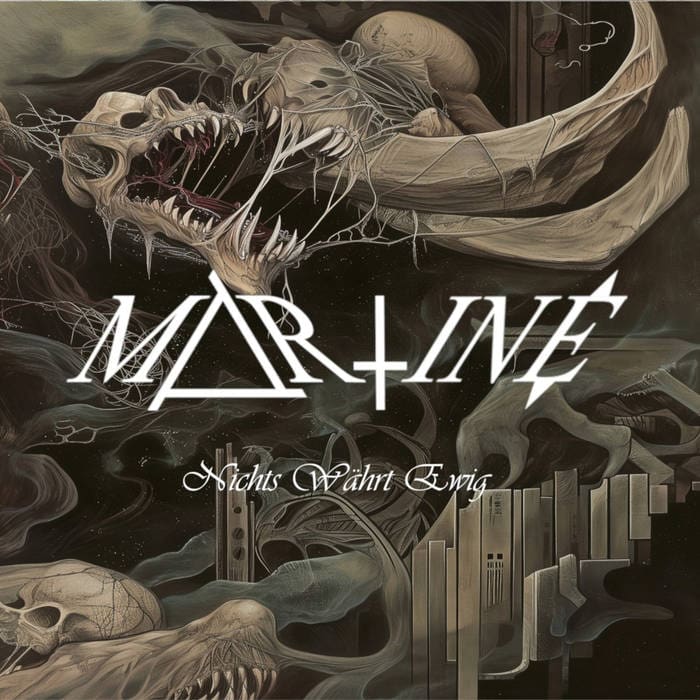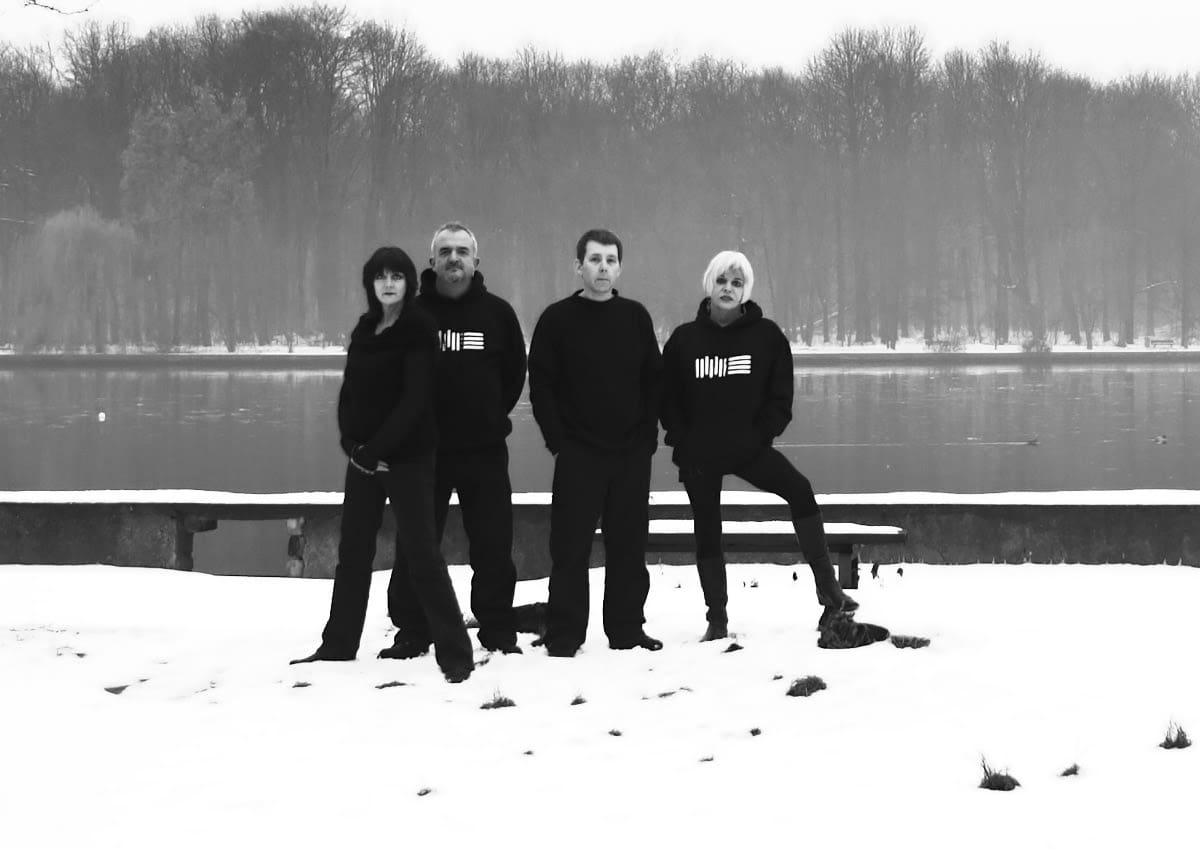The Best Electro-Industrial Band Tracks of the 80s

For a lot of people, the 80s music scene was about poodle rock, heavy rock ballads and over the top hair and makeup. But born out of the disco fever and hippie lifestyle of the 70s came also the gritty and layered complexity of electro-industrial sound. While the style never gained as much mainstream popularity as synth pop and other 80s genres, it is still very much alive today, and dearly loved by those who appreciate it.
While some may say that electro-industrial properly found its footing in the 90s, there’s no doubt that a series of 80s bands paved the way and lay the groundwork for the entire genre.
Skinny Puppy
Skinny Puppy is often considered to be the founder of the genre of electro-industrial music, and the band originated in Vancouver in 1982. The band self-released their first cassette in 1984, which led to a record contract and their first EP Remission. Remission contains classics such as “Glass Houses” and “Far Too Frail”, not to mention it’s heavy on samples from films. This EP in particular is still popular with Skinny Puppy’s cult following and delivers music that fits a high heart rate and is the perfect match to listen to while you’re playing the best online real money casinos in Canada.
Front Line Assembly
Skinny Puppy didn’t just provide us with their own ground-breaking music, they also laid the groundwork for Bill Leeb and his Front Line Assembly. Leeb left Skinny Puppy in 1986, and proceeded to form his own band. Their first track, “Aggression”, was released in 1987, and led the way for the EP Disorder and their first album, The Initial Command. This album includes tracks such as “Insanity Lurks Nearby” and “The State”, and is considered a classic by aficionados of the genre.
Ministry
Ministry released its cult classic, The Mind Is a Terrible Thing to Taste in 1989,and with it one of its most influential tracks – “Thieves”. This track is considered one of the most important tipping points from industrial dance to industrial metal, and listening to this track today, you can hear where many future electro-industrial performers got their inspiration. The political message is strongly backed up by hammering drums and explosive guitar riffs, and it takes full advantage of the musical processing available in the late 80s.
Cabaret Voltaire
While many of the most popular electro-industrial bands of the 80s were very true to the genre, Cabaret Voltaire had a more experimental approach, and explored several different industrial soundscapes. In 1982, the group debuted the album 2×45, which contained the funky yet sinister “Breathe Deep”. This track marries dance-punk to growling shrieks, and provides the listener with a challenging yet fun industrial feel.
Throbbing Gristle
Throbbing Gristle is not exactly known for their dance friendly or accessible music, but provided audiences with a surprise in the form of “Adrenalin” from 1980. This song has a catchy refrain and pulsing synth, making it easier to dance to than anything else from the often dark and disturbing band. The background still offers sounds that could have been taken straight out if a horror film, making sure you don’t forget who Throbbing Gristle really are.
Front 242
In 1988, Belgian Front 242 released their third album Front by Front, which contains one of electro-industrial’s most important tracks – “Headhunter”. The melody consists of politically themed lyrics, all accompanied by strong guitars, bursts of keyboard taps and a bass that holds it all together. While the sound in itself is neither very challenging or too out there, the lyrics gets you questioning the entire capitalist system and the idea of workers against the man on top. Some have even gone as far as calling this an anthem in its own right, and no doubt there is some credence to that idea.
Since you’re here …
… we have a small favour to ask. More people are reading Side-Line Magazine than ever but advertising revenues across the media are falling fast. Unlike many news organisations, we haven’t put up a paywall – we want to keep our journalism as open as we can - and we refuse to add annoying advertising. So you can see why we need to ask for your help.
Side-Line’s independent journalism takes a lot of time, money and hard work to produce. But we do it because we want to push the artists we like and who are equally fighting to survive.
If everyone who reads our reporting, who likes it, helps fund it, our future would be much more secure. For as little as 5 US$, you can support Side-Line Magazine – and it only takes a minute. Thank you.
The donations are safely powered by Paypal.













